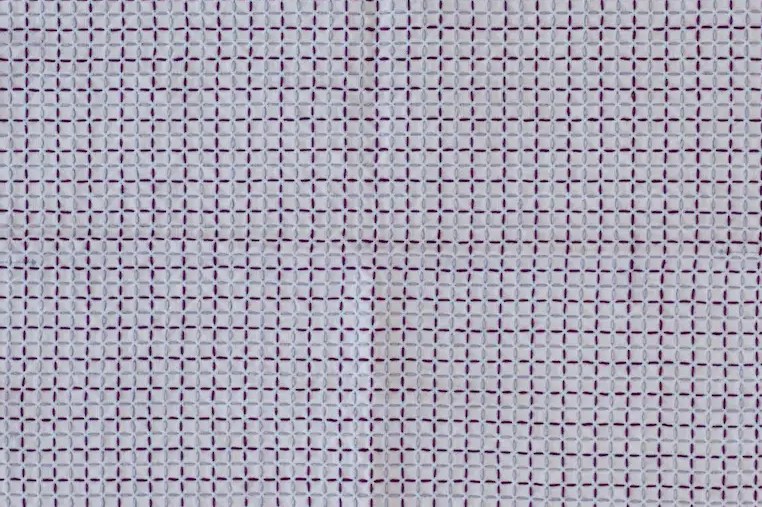
Latest

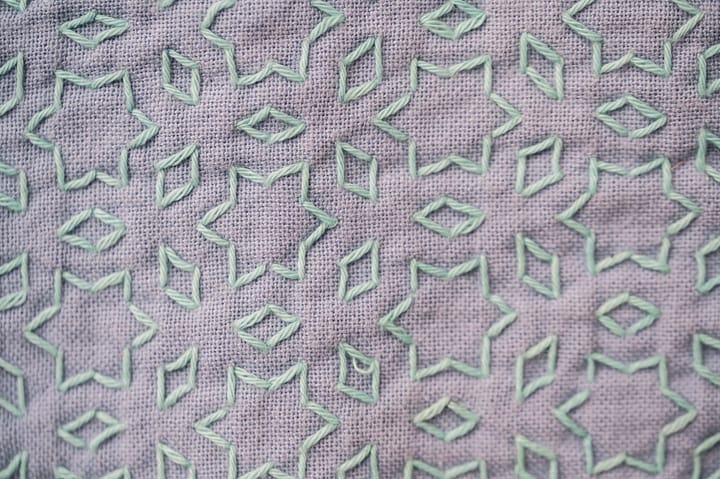
Sashiko Pattern Hoshi to Mitsubishi
The sashiko pattern hoshi to mitsubishi 星と三菱 means “stars and three rhombi.” It is easy to follow even for beginners. | Sashiko Pattern
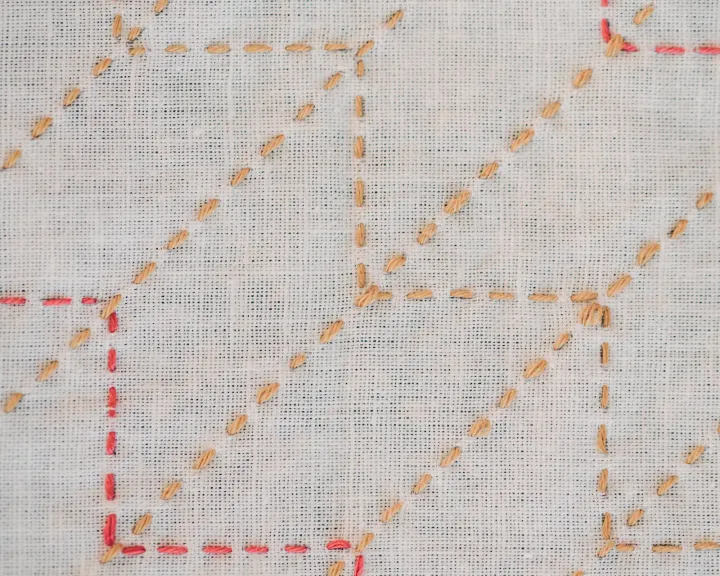
Sashiko Pattern Yabane
Learn about the traditional Japanese sashiko pattern yabane 矢羽根 | Sashiko Pattern
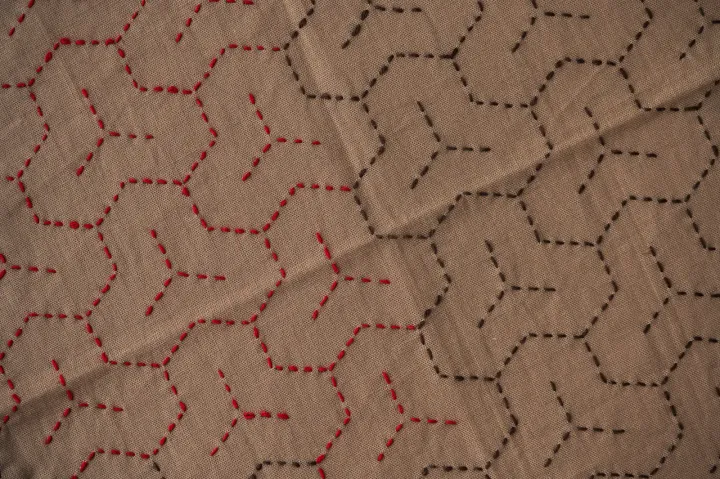
Sashiko Pattern Bishamonkikkō
The sashiko pattern bishamonkikkō 毘沙門亀甲 means “Bishamonten tortoiseshell.” | Sashiko Pattern
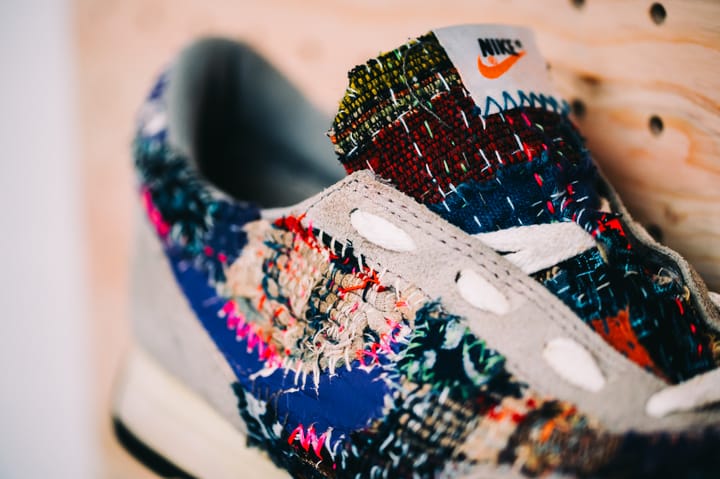
JunAle - modern sashiko fusion
JunAle delivers a harmonic fusion of tradition and modernity by combining the sashiko technique and functional wear | Sashiko Artist Profile
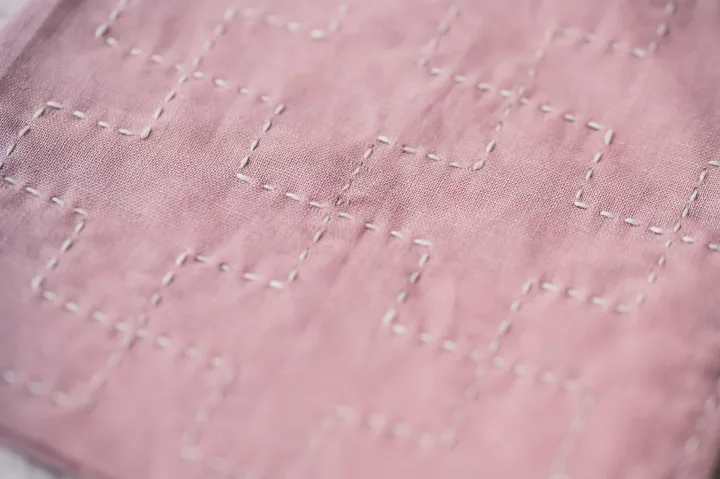
Sashiko Pattern Jūjitsunagi
Learn all about the traditional Japanese sashiko pattern jūjitsunagi 十字つなぎ, which means "connected letter ten." | Sashiko Pattern
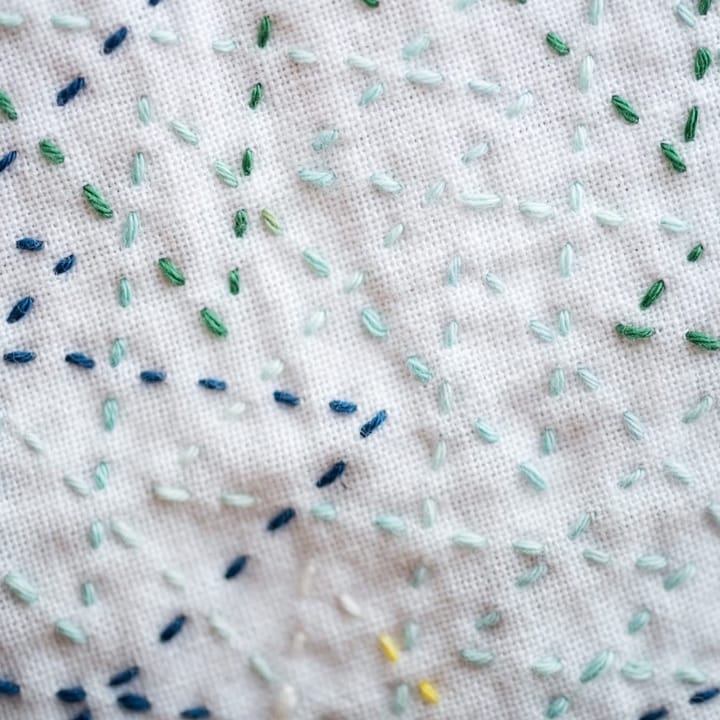
Sashiko Pattern Tsuzukiyamagata
The traditional Japanese pattern tsuzukiyamagata 続き山形 is a fancy sashiko moyōzashi pattern. | Sashiko Pattern
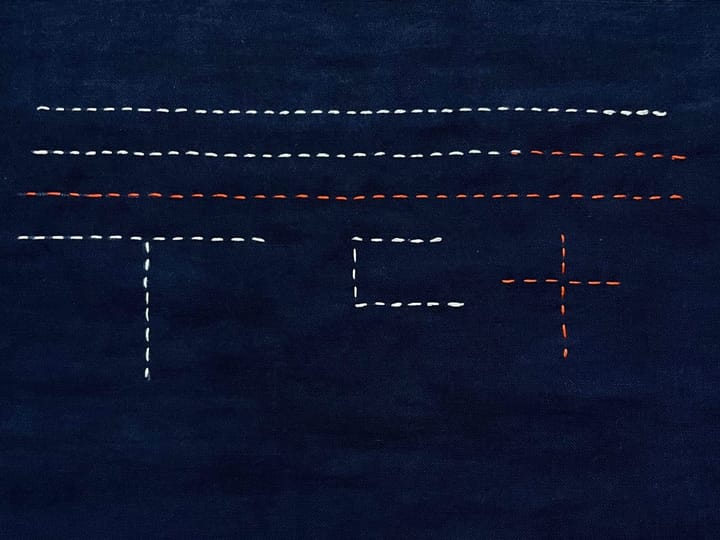
How to start sashiko for beginners
Sashiko is simple. Everything you need to know to get started is in this post. | Sashiko Tutorial for Beginners
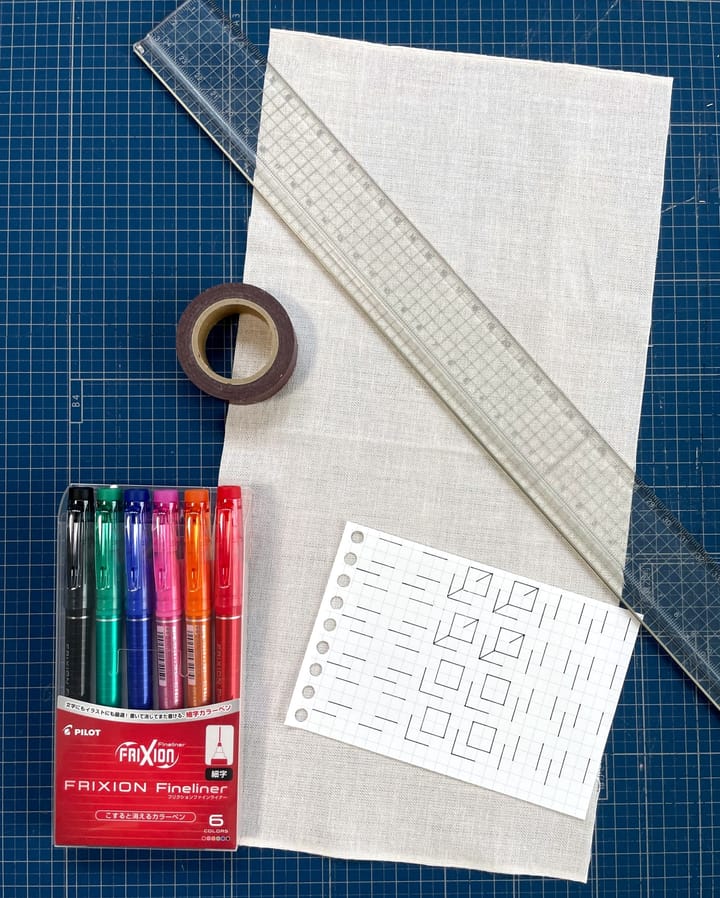
Recommended tools for drawing your own sashiko patterns
I've been using these kind of tools for more than 10 years and I love them. Lots. | Make pattern drawing easier!
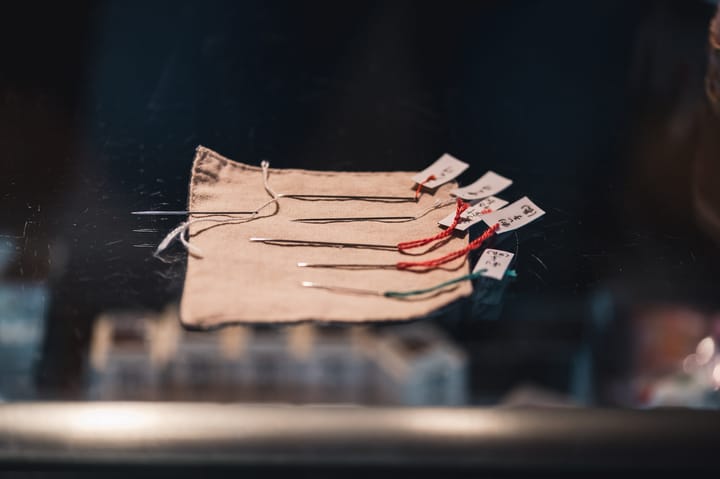
Misuyabari - Needles deluxe
Misuyabari sells some of the finest needles in all of Japan. The shop is well worth a trip even without shopping. | Sashiko Needles
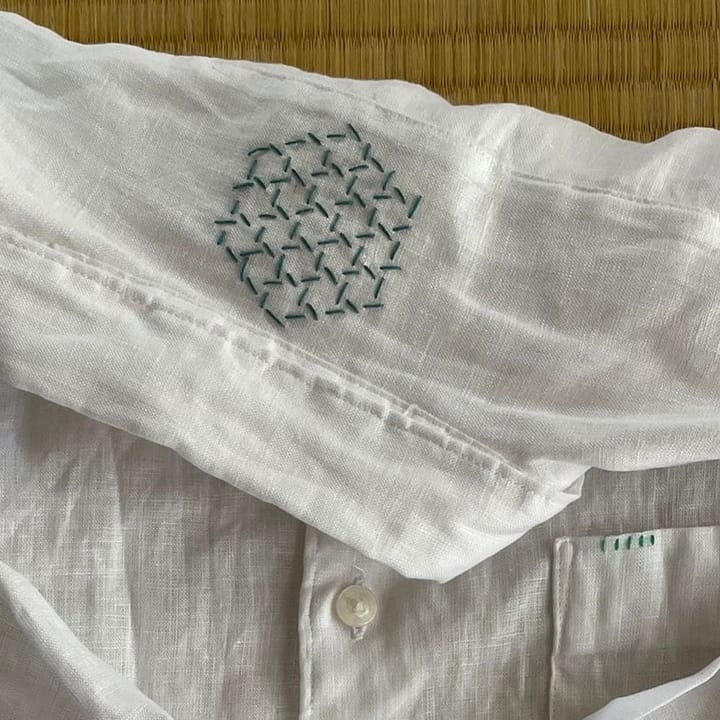
The magic behind semamori stitching
Semamori are protective stitches applied to children’s clothes.
Like with sashiko stitching, each pattern holds a different kind of spell.

Harikuyō – The needle funeral
If you are reading this on the 8th of February or December, DON'T USE ANY OF YOUR NEEDLES!!
A tradition for broken hearts needles
Harikuyō is a ceremony during which old needles are laid to rest, preferably in tofu or mochi. Or konjak. More on that later.
The
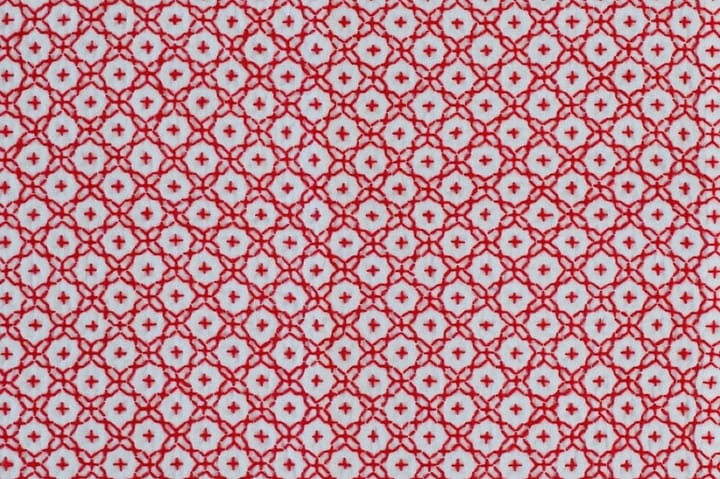
Sashiko Pattern Jūjihanazashi
Learn about the traditional Japanese sashiko pattern jūjihanazashi 十字花刺し | Sashiko Pattern
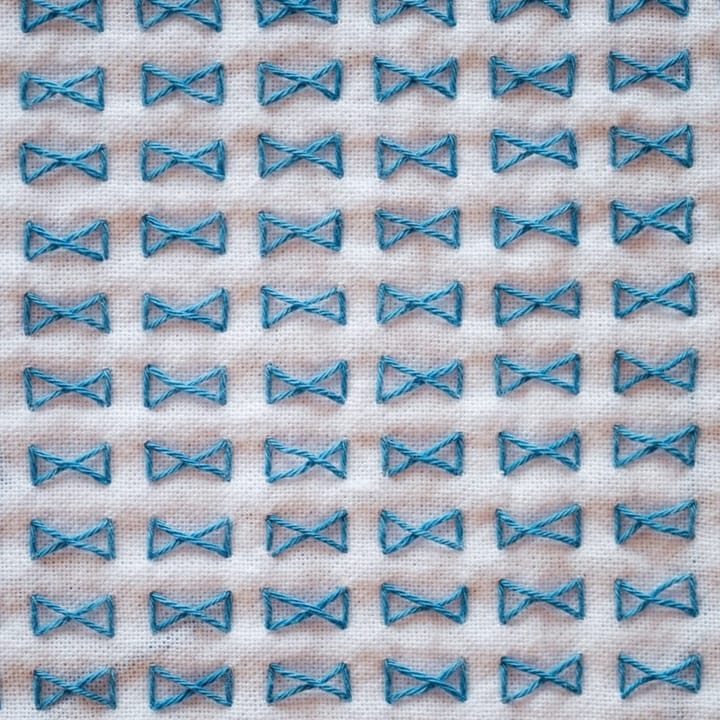
Sashiko Pattern Chōmusubi
Learn all about the modern Japanese sashiko pattern chōmusubi 蝶結び | Sashiko Pattern

